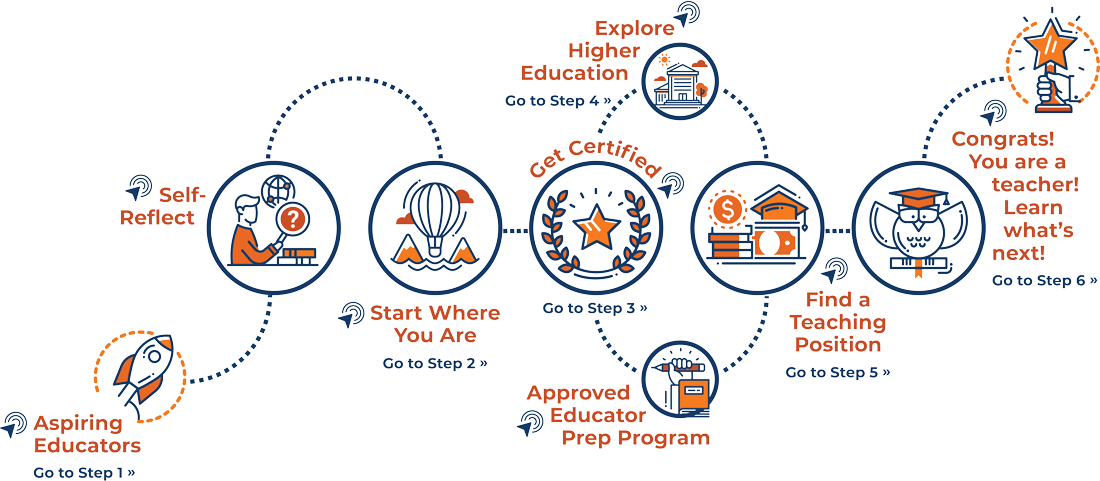SITUATION: You possess a certificate from the National Board for Professional Teaching Standards.
PATHWAY: National Board Certification
Just under 3% of the nation’s teachers are Nationally Board Certified. This certification is a voluntary advanced teaching credential that goes beyond state licensure. Many states accept this as proof for state licensure enabling teachers to move from state to state without having to obtains teaching credentials in each state.
There are currently 1,201 Nationally Board Certified teachers in Texas and 1,534 TX candidates for National Board Certification. A number of school districts and professional organizations in Texas provide stipends to Nationally Board Certified teachers. More information →










